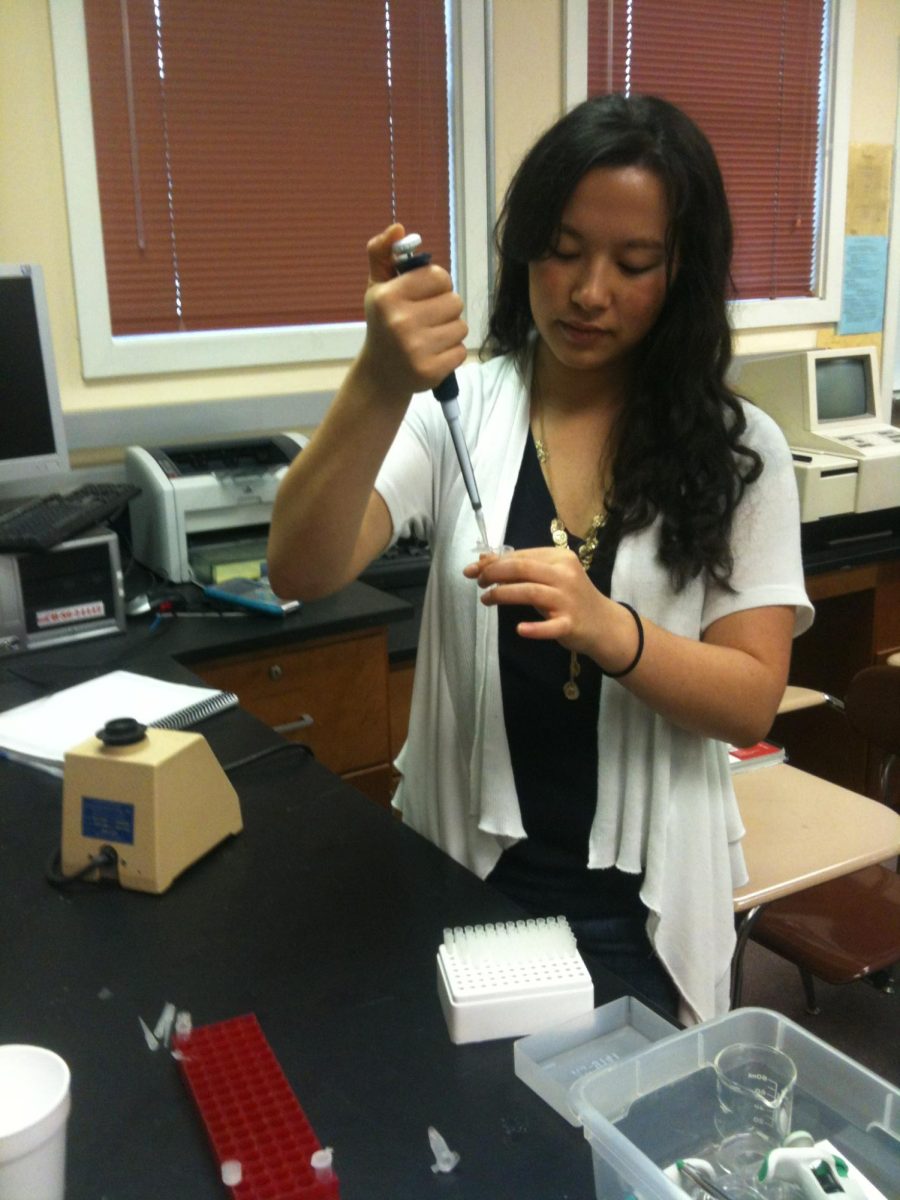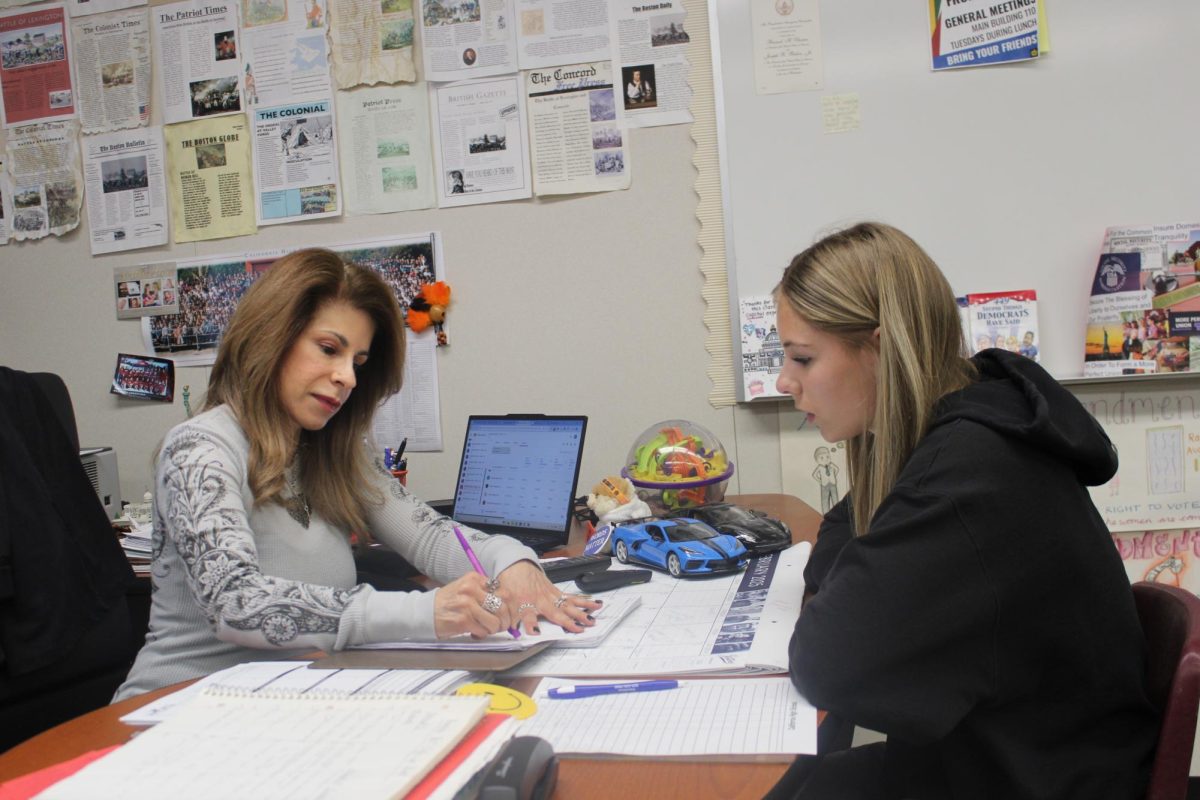Cal High geometry teachers are frustrated by new expectations to follow Common Core in the fall because they are not being given sufficient time or updated materials to modify their curriculum to meet new state standards.
Cal geometry teacher Rosie Vargas isn’t unhappy with the Common Core itself, but with the lack of time teachers have to prepare, and the lack of materials being provided.
“We have no materials, no homework, no quizzes, and worksheets,” said Vargas. “We can’t properly use the book. We’d have to constantly be skipping around.”
There are no books that actually follow Common Core standards. The way the curriculum is taught with the current book would involve random changes from section to section.
“There are no materials for Common Core,” said Principal Mark Corti said. “(The teachers) know what the Common Core standards are. There has to be a lot of adjustment because they don’t have a textbook.”
Teachers will have little time this summer to prepare for a completely new set of standards they will apply to their classrooms. Teachers are being given 30 hours over the summer to work on new curriculum, and one free release day before the end of the current school year. But this neglects the fact that teachers have their own classes to teach and work to grade, especially in the last few weeks of school.
“It takes 250 hours to create all the curriculum and materials,” said Vargas. “They’re (the administration) telling us three to four weeks before school is out that we’re switching to a new flow of material, with no materials to support it.”
In addition to teachers being given very little time to prepare for teaching Common Core, there may be three new teachers with the geometry program next year to further complicate implementing new curriculum.
“It is harder to develop this curriculum because teachers have to see what works and what doesn’t work,” said Corti.
Jean Dillman, math department curriculum leader, said Common Core will involve more teamwork, less direct instruction, and more exploration and application to real world problems.
The driving force behind the state’s transition to Common Core is that colleges are upset that many students need to take remedial courses before starting regular classes.
Although Common Core standards complicate matters for some teachers, the staff believes that they will be beneficial to students.
Math teacher Jennifer Gilson is part of the San Ramon Valley Unified School District’s math task force, which assists in Common Core implementation. She said she understands teachers’ frustrations but believes the transition to Common Core will be beneficial for students in the long run.
“The old way (of teaching) was really compartmentalized,” Gilson said. “The new way of teaching through Common Core is showing how things connect to each other.”
Many students, such as junior Ariel Utter, believe that Common Core may be beneficial.
“I think Common Core could be a good or bad thing,” said Utter. “It would really help me learn in better ways, but it also seems to be a lot more work. It seems to use a lot more writing and worksheets.”
Senior Jaime West said he believes that Common Core could really help out his current underclassmen.
“I think it would’ve been beneficial because it could have helped me understand concepts better,” West said. “And the use of more hands on learning and diagrams would increase my grasp of math.”
Freshman Jennifer Kutzler is also optimistic for Common Core.
“I want to do Common Core because it would help me as a student, and it would stimulate my mind with the hands-on activities in class,” said Kutzler.
It appears that despite the challenges that teachers face in teaching Common Core, many believe it could be a positive change for Cal. It will no doubt redefine the way math is taught in classrooms.
“This year will be a challenging year, and hopefully each year the teachers will be better at teaching it (common core),” said Corti. “California High School is excited about the challenge and is preparing for the change.”





